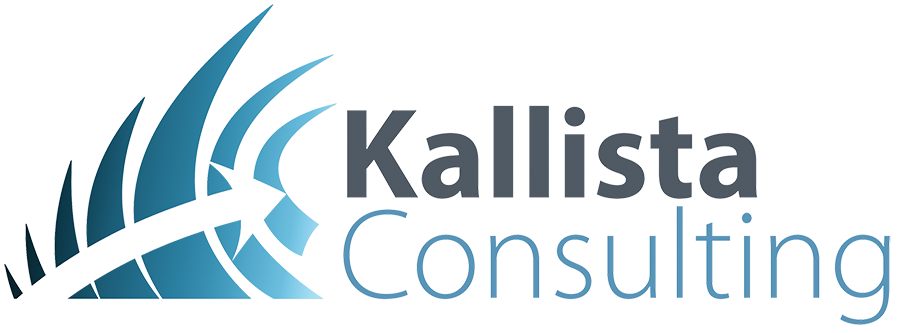Building a Culture of Efficiency: Long-term Solutions for Minimising Waiting Waste
In the dynamic landscape of modern business, efficiency isn't just an operational goal; it's a crucial ingredient for survival and success. Central to this pursuit of efficiency is the concept of minimising 'waiting waste' - the often overlooked periods of inactivity that can significantly hinder productivity and morale. Building a culture of efficiency requires a deep understanding of the root causes of waiting waste and the implementation of long-term strategies to mitigate its impact.
Identifying the Roots of Waiting Waste
The first step in combating waiting waste is to identify its sources. These can range from inefficient work processes and poor resource allocation to technological delays and bureaucratic red tape. By conducting thorough process audits and soliciting feedback from employees, organisations can pinpoint where and why waiting occurs.
Technology as an Enabler
In today's tech-driven world, leveraging technology is key to streamlining processes. Implementing smart workflow systems, AI-driven scheduling tools, and real-time communication platforms can drastically reduce the time spent waiting for information, approvals, or resources.
Empowering Employees
Creating a culture of efficiency is not just about introducing new tools or processes; it’s also about empowering employees. This involves training staff to identify inefficiencies, encouraging proactive problem-solving, and creating an environment where suggestions for improvement are valued and implemented.
Process Optimisation
Regularly revisiting and optimising business processes is vital. What was efficient yesterday might not be today. Continuous improvement methodologies like Lean and Six Sigma can be instrumental in identifying waste and implementing more streamlined workflows.
Leadership Commitment
Leadership plays a pivotal role in setting the tone for an efficiency-first mindset. By demonstrating a commitment to reducing waiting waste, leaders can inspire their teams to do the same. This includes setting clear expectations, providing the necessary tools and training, and recognising and rewarding efficiency improvements.
Fostering a Culture of Collaboration
Efficiency is often hindered by silos within an organisation. Encouraging cross-departmental collaboration and communication can help in identifying inter-departmental delays and finding holistic solutions to reduce waiting times.
Measuring and Monitoring
What gets measured gets managed. Implementing key performance indicators (KPIs) focused on time efficiency and regular monitoring can help in keeping the goal of reducing waiting waste at the forefront of organisational objectives.
Building a culture of efficiency is not an overnight task. It requires a consistent, organisation-wide effort focused on identifying, addressing, and monitoring waiting waste. Through the strategic use of technology, employee empowerment, process optimisation, committed leadership, and a collaborative work environment, businesses can successfully minimise waiting for waste, leading to enhanced productivity, better employee morale, and ultimately, a more successful and competitive organisation.

